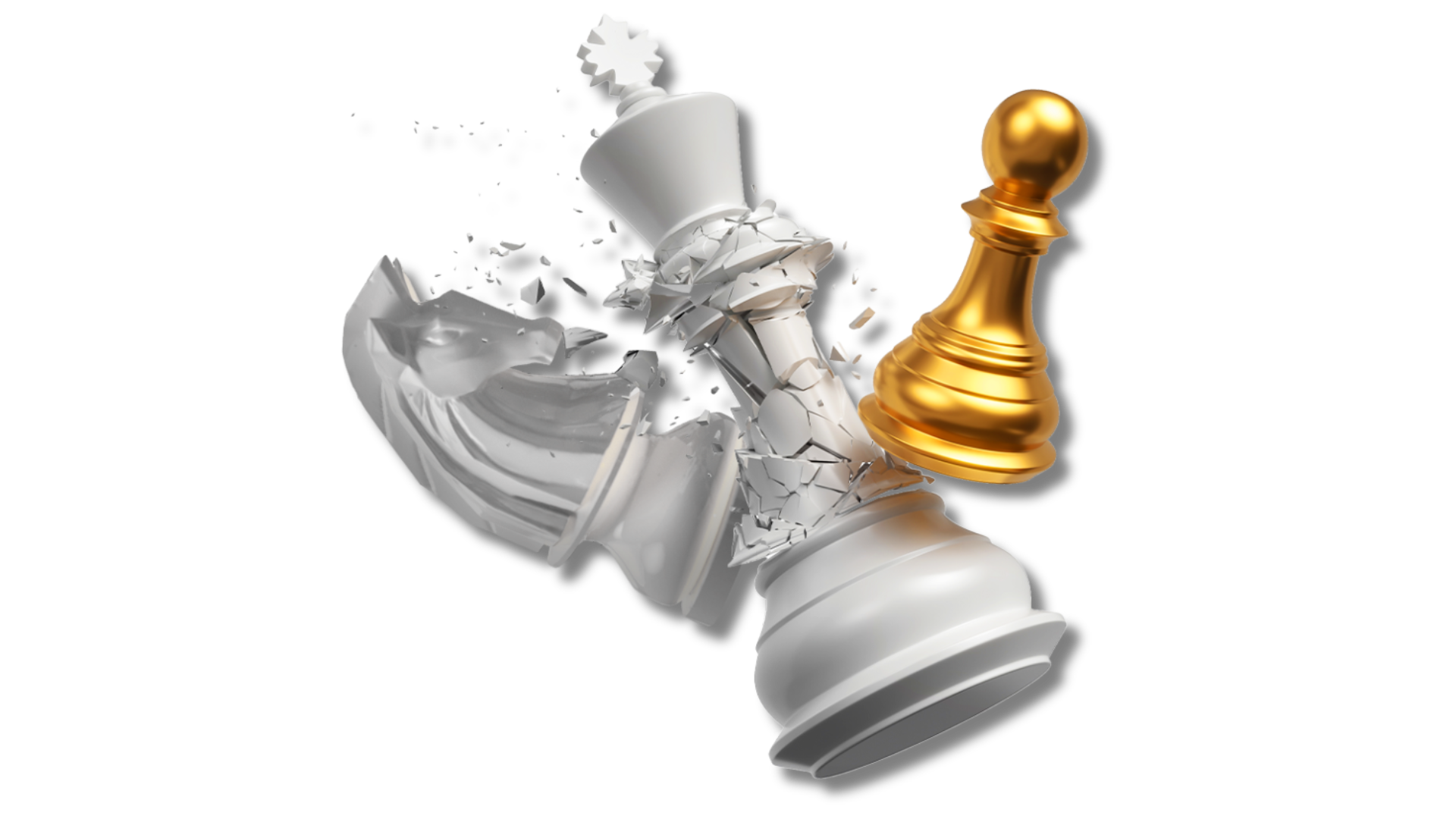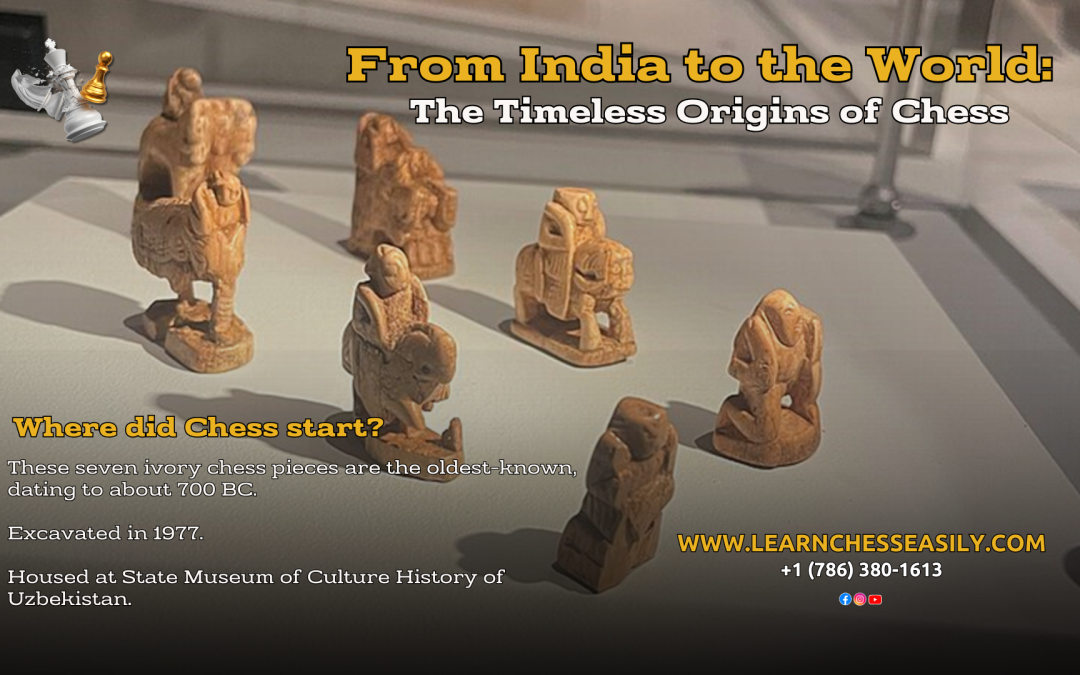🕰 A Game Born from Wisdom, Not War
More than fifteen centuries ago, in the temples and royal courts of northern India, a game called Chaturanga was born.
It wasn’t just about moving pieces on a board — it was a mental exercise in strategy, patience, and foresight, virtues that still define great chess players today.
From India, the game traveled to Persia, where it evolved into Shatranj. It was there that many of the modern rules took shape, and terms we still use today were born.
For example, “checkmate” comes from the Persian phrase “Shāh māt”, meaning “the king is helpless” or “the king is dead.”
When the Arabs conquered Persia, they carried the game across the Islamic world, and from there, through trade routes and cultural exchanges, chess crossed into Europe.
In Al-Andalus (modern-day Spain), it flourished in monasteries and royal courts, where scholars and kings alike saw it as a noble art of the mind.
⚔ The European Renaissance of the Chessboard
During the Middle Ages, Shatranj transformed. The pieces took on the names and moves we know today.
The queen, once a weak piece called the “advisor,” became the most powerful figure on the board — a symbolic reflection of women’s growing influence in Renaissance society, especially in the courts of powerful queens like Isabella I of Castile.
In Italy and Spain, the rules of modern chess were solidified. And with the invention of the printing press, chess became accessible to the public.
One of the very first books ever printed in English was about chess — The Game and Playe of Chesse by William Caxton, around 1474.
That’s how the game we play today was born — the same 64 squares that continue to fascinate minds across generations and continents.
🌍 A Legacy That Keeps Moving
Every time someone learns chess, they’re reviving a story that began thousands of years ago.
From a child playing in a park to a grandmaster competing in an international tournament, each move is a silent echo of that ancient wisdom.
“The board hasn’t changed — only the mind that observes it has.”
Chess, at its core, is a dialogue between centuries, a dance of ideas across cultures, and a bridge between past and present.
That’s why at Learn Chess Easily, we teach more than tactics — we teach how to think, to see, and to connect.
📚 Sources
Wikipedia – History of Chess
Chess.com – The History of Chess
Chess Wizards – Chess 101: Basics, History and Fun Facts
-

Book: The 3-Piece Pawn Game™: How to learn chess the easy way
-
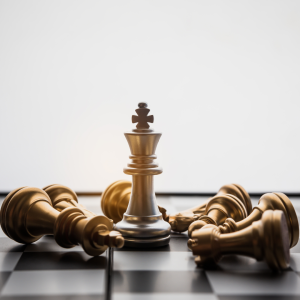
Chess Academy
$240.00 -
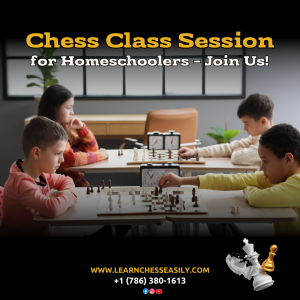
Chess Class for Homeschoolers!
$125.00 -
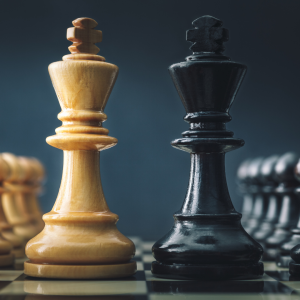
Chess For Two
$60.00 -
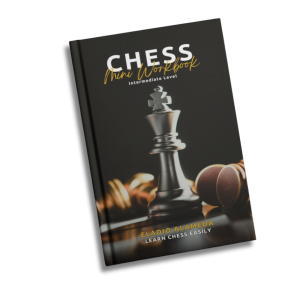
Chess Mini Workbook
$10.00 -

Chess Sets
$25.00 -
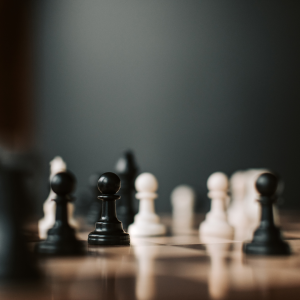
Group Chess Classes
-
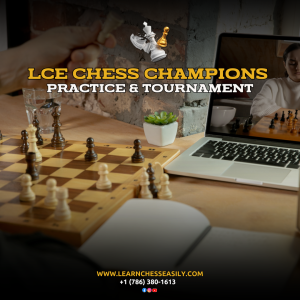
LCE Chess Champions – Online Practice & Mini-Tournament
$10.00 -
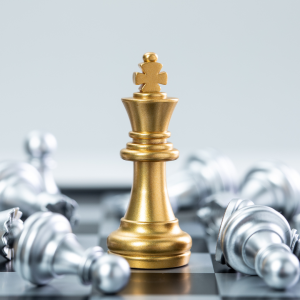
Private Chess Class
$45.00 -
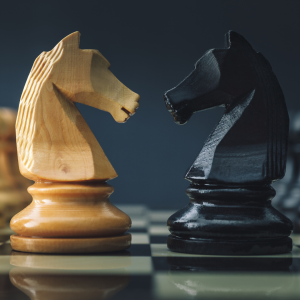
River City Science Academy’s Mandarin Campus – KLC Chess Club
$250.00
